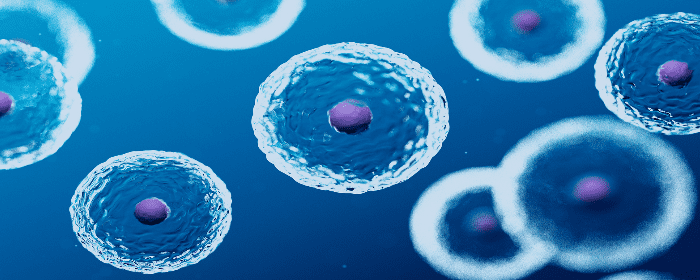Articular cartilage is the smooth, white cartilage that covers the ends of the bone in diarthrodial joints. Essential for fluid and pain-free movement, articular cartilage protects the bones by reducing friction and absorbing shock.
However, articular cartilage is also subject to damage and injury as a result of normal wear and tear or as a result of a number of conditions, including osteoarthritis (OA), osteonecrosis, and osteochondritis. Articular cartilage has been found to have a weak capacity for self-repair, mostly a result of having no blood, lymphatic, or nerve supply.
Until recently, the primary option for treatment of joint cartilage defects, including damage to articular cartilage, involved a series of invasive marrow simulating techniques, including microfracture, Pridie drilling, and abrasion arthroplasty which generally produced inferior results.
The search for alternative and more effective treatment options for damaged joint cartilage has recently led scientists to identify mesenchymal stem cells (MSCs) as an appropriate cellular material for repair of joint cartilage, and specifically for articular cartilage.
As part of this review, authors Eslaminejad and Poor examine and identify the past attempts to use MSCs as a way to cure articular cartilage defects occurring as a result of OA, rheumatoid arthritis (RA), and trauma. In addition, the authors further discuss the specific characteristics that led scientists to conclude MSCs to be an appropriate cell candidate for regenerating articular cartilage, including their inherent chondrogenic property, ease of availability, cell homing potential, and immunomodulatory function.
MSCs demonstrate the ability for long-term self-renewal and the capacity to differentiate along multiple cell lineages – including cartilage cells. While bone marrow has been found to possess low numbers of MSCs, the cells have been easily multiplied through standard lab-based culture techniques. In addition, MSCs are considered readily available cells for application in regenerative medicine, thanks in large part to their availability from a number of sources in the body, including adipose tissue, synovial membrane, and skeletal muscle.
Among the most compelling reasons for MSCs being considered appropriate for the repair of articular cartilage is their homing potential. Specifically, the homing potential of MSCs is thought to help repair damaged cartilage by differentiating into tissue cells to restore function and by secreting a number of bioactive factors to create a repair environment with anti-apoptotic effects, immunoregulatory function, and stimulation of endothelial progenitor cell proliferation.
While using MSCs to repair damaged articular cartilage appears to have tremendous potential, the treatment is not without potential drawbacks or concerns. Among the most pressing of these concerns is that MSCs-regenerated cartilage is potentially too thin to resemble mature cartilage and hypertrophy resulting from MSC-regeneration could lead to ossification of cartilage tissue.
As such, there have been several recent attempts to evaluate the potential of using MSCs to regenerate articular cartilage in both animals and humans, with all demonstrating some degree of enhanced healing and repair by using MSCs as treatment.
The authors conclude that while using MSCs in the repair of damaged articular cartilage appears to have tremendous potential for long-term clinical success, they also call for further research into a number of areas, including improving the quality of repair tissue formed following MSC transplantation, enriching the cell population for chondrogenic cells, and further study into developing a safe and highly efficient gene delivery system for MSCs used in the regeneration and repair of articular cartilage.
Source: “Mesenchymal stem cells as a potent cell source for articular … – NCBI.” https://www.ncbi.nlm.nih.gov/pmc/articles/PMC4131275/.


 St. Petersburg, Florida
St. Petersburg, Florida
